Jewish History
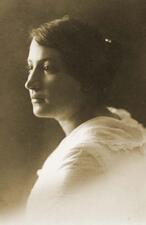
Sarah Aaronsohn
A leading spy for the Nili ring during World War I, Sarah Aaronsohn fought to free Palestine from Turkish rule and withstood torture for her ideals; she committed suicide after arrest by Turkish authorities and was later described as a Jewish Joan of Arc. The semi-military role Sarah carved for herself, her activity, and her voluntary death made her an icon and a model of a new “Hebrew” femininity.
Dina Abramowicz
After surviving the Holocaust, first in the Vilna Ghetto and then with the partisans, Dina Abramowicz became the formidable head librarian of the YIVO Institute for Jewish Research. During her tenure, she vastly expanded the library’s collections and was regularly sought out by scholars for her prodigious memory regarding Yiddish literature, children’s literature, the Holocaust, and modern Eastern European Jewish history and culture.
Academia in Israel
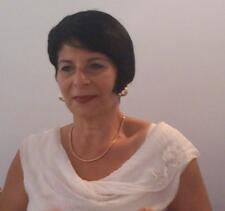
Orit Adato
Orit Adato has held many roles throughout her career in security, from head of the Israeli Women’s Corps to Commissioner of the Israel Prison Service. After twenty-eight years of work in security, twenty-four of which were in the IDF, Adato retired with the rank of lieutenant general and founded her own international consultancy firm on security.
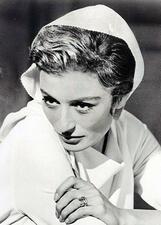
Anouk Aimée
French actress Anouk Aimée is perhaps best known for her remarkable presence as an icon of cool, sophisticated beauty in more than seventy films across seven decades. She brilliantly dramatized her identity as a Jewish woman affected by the burden of history in her 2002 role as a Holocaust survivor returning to Auschwitz in La Petite prairie aux bouleaux (The Little Meadow of Birch-Trees).
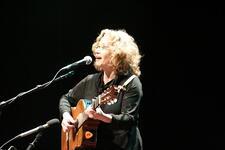
Chava Alberstein
Chava Alberstein is a singer-songwriter who by the end of 2020 had recorded over 60 albums (including eight albums in Yiddish but not including singles and song collections), more than any other Israeli singer. Alberstein has toured globally and is considered one of the most important female performers of Hebrew music, Yiddish folk songs, and children’s songs.
Ruth Aliav-Klüger
Ruth Aliav-Klüger was the only woman among the early members of Mosad le-Aliyah Bet, the “illegal” immigration branch of the underground paramilitary organization Haganah that smuggled Jews out of Europe and into Palestine during World War II.
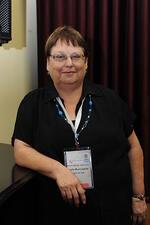
Hedva Almog
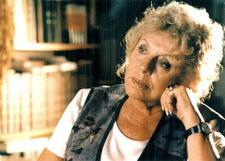
Shulamit Aloni
Shulamit Aloni, Member of the Knesset and Minister, was an important champion of human rights, civil rights, religious freedom, and the Palestinian right to self-determination. As founder and head of the Ratz and then Meretz party, she spearheaded progressive politics in Israel both on the formal level and in civil society for over half a century.
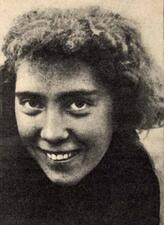
Tosia Altman
Tosia Altman played important roles in the Jewish resistance to the Nazis. Her pale skin and blonde hair allowed her to blend in and serve as a spy, and she was integral to the 1943 Warsaw Ghetto Uprising.
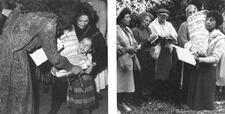
American Jewish Congress
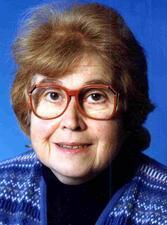
Ziva Amishai-Maisels
Ziva Amishai-Maisels is an Israeli/American art historian whose research on modern Jewish and non-Jewish art and on the impact of the Holocaust on art are an outstanding contribution to the study of art.
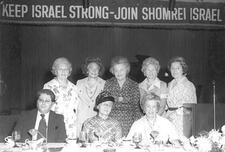
AMIT
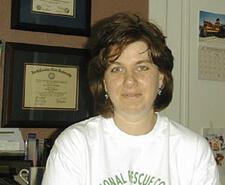
Lynn Amowitz
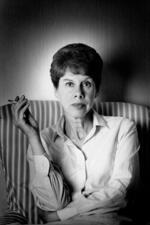
Anglo-Jewish Writers in the Twentieth and Twenty-First Centuries
Anglo-Jewish women writers have been active creators within the British literary arena since the late nineteenth and early twentieth century. The 1960s and 1970s saw the emergence of a number of Jewish female voices, although it was not until the 1990s that the works of Jewish women writers began to be recognized as part of the British literary canon. Anglo-Jewish women writers’ multifaceted perspectives are reflected in a literary production characterized by experimentation and fragmentation.
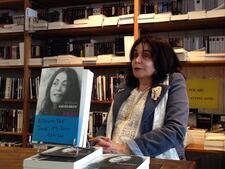
Myriam Anissimov
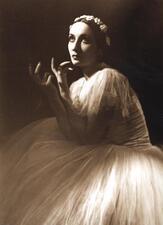
Mia Arbatova
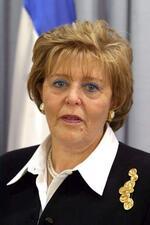
Edna Arbel
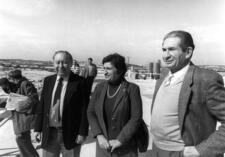
Shoshana Arbeli-Almozlino
From her upbringing in a traditional Iraqi family to her work in the Knesset and as Israeli Minister of Health, Shoshana Arbeli-Almozlino’s life spanned countries, careers, and experiences. She will be remembered as an active member of Knesset who fought for the rights of the working class and for the equal status of women in Israeli law.

Architects in Palestine: 1920-1948
The mass immigration from Europe after 1933 brought many architects to Palestine, amongst whom were a number of women. For these women, being an architect meant total devotion to the profession.
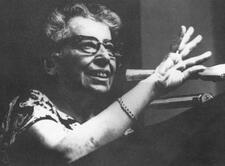
Hannah Arendt
Brilliant and controversial, Hannah Arendt was a German-trained political theorist whose books exerted a major impact on political theory in North America and Europe. The Origins of Totalitarianism (1951) made her an intellectual celebrity in the early years of the Cold War. She was the first woman to become a full professor at Princeton University.
Argentina: Jewish White Slavery
Between 1875 and 1936, Buenos Aires was a major prostitution hub. Immigrant Jewish women were desperate enough to seek work in legally sanctioned brothels run by Jewish pimps. Although Jewish women compromised just a third of legal prostitutes in Buenos Aires in 1910, they were disproportionately visible in Argentina’s Catholic society.

Yehudit Arnon
After surviving the Holocaust and immigrating to Palestine, Yehudit Arnon played an influential role in shaping modern dance in Israel. In 1948 Arnon and her husband helped to smuggle more than 100 orphaned children to Palestine and settled in Kibbutz Ga'aton, where she founded the Kibbutz Contemporary Dance Company.

Art During the Holocaust
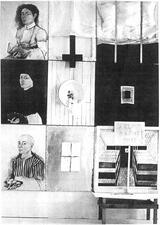
"Second Generation" Women Artists in Israel
Israeli women artists, second generation descendants of Holocaust survivors, have expressed in their art the grim atmosphere of absence, emptiness, and loss they absorbed. Their individual responses to the Holocaust differ in intensity and power.


